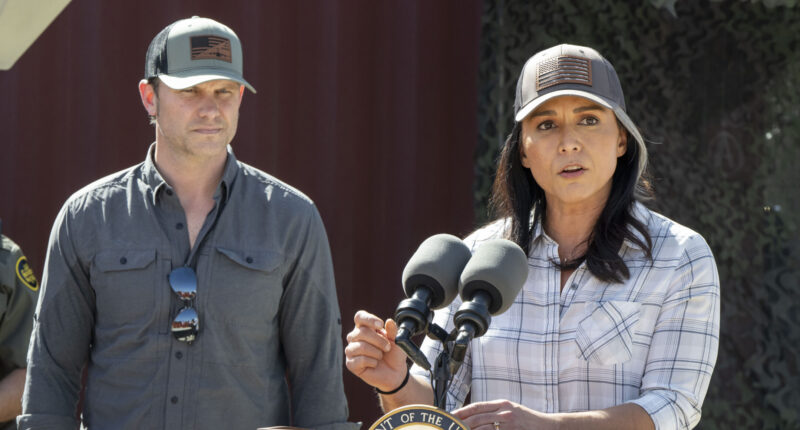WE ARE 100% INDEPENDENT AND READER-FUNDED. FOR A GUARANTEED AD-FREE EXPERIENCE AND TO SUPPORT REAL NEWS, PLEASE SIGN UP HERE, TODAY.
PULSE POINTS
❓WHAT HAPPENED: President Donald J. Trump imposed a 25 percent tariff on Indian exports, with plans to double it to 50 percent next week, citing India’s continued purchase of Russian oil.
👤WHO WAS INVOLVED: President Trump, Indian Prime Minister Narendra Modi, and senior officials from both nations.
📍WHEN & WHERE: The tariffs were announced in August 2025, after President Trump warned Russia would be subject to secondary sanctions if it does not make peace with Ukraine.
💬KEY QUOTE: “With Trump, everything is leverage. What seemed like alignment [with India] in February turned out to be a setup for pressure in August.” – Chietigj Bajpaee, Chatham House.
🎯IMPACT: The tariffs have strained the Indian economy and disrupted trade.
IN FULL
The Indian economy is under strain following President Donald J. Trump’s decision to impose a 25 percent tariff on Indian goods, with plans to raise it to 50 percent. The move, tied to India’s continued purchase of Russian oil, caught New Delhi off guard and sparked a rare public rift between the U.S. and Indian Prime Minister Narendra Modi.
In February, President Trump and Prime Minister Modi held a summit in Washington, D.C., announcing plans to grow bilateral trade to $500 billion by 2030. Modi then described the U.S. as “India’s most trusted partner”—despite the South Asian country’s membership of the BRICS bloc alongside China, Russia, and other countries often at odds with U.S. foreign and trade policy.
The tone has changed since February, as the Trump administration seeks to pressure Russia into making peace with Ukraine by imposing secondary sanctions on key trade partners. Chietigj Bajpaee, senior research fellow for South Asia in the Asia-Pacific Programme at Chatham House in England, commented, “With Trump, everything is leverage. What seemed like alignment in February turned out to be a setup for pressure in August.”
The tariffs target key Indian export sectors like textiles and leather goods. White House Deputy Chief of Staff for Policy Stephen Miller has noted that, beyond enriching Russia through energy purchases, India’s anti-American trade policies have played a role in the sanctions, explaining, “India portrays itself as being one of our closest friends in the world, but they don’t accept our products. They impose massive tariffs on us.”
“It is extremely unfortunate that the U.S. should choose to impose additional tariffs on India for actions that several other countries are also taking in their own national interest,” India’s Ministry of External Affairs has complained. Indian arms purchases from the U.S. have also been paused in retaliation for the tariffs.
However, President Trump has signaled he is willing to stay the course, declaring in late July: “I don’t care what India does with Russia. They can take their dead economies down together, for all I care. We have done very little business with India, their Tariffs are too high, among the highest in the World. Likewise, Russia and the USA do almost no business together.”
Notably, Indian nationals make up the majority of H-1B visa migrants in the U.S. These are notionally temporary and skilled workers, used heavily by U.S. tech giants like Google, Microsoft, and Infosys. Critics say the program undercuts American wages by allowing firms to hire cheaper foreign labor while sidelining U.S. workers.
Join Pulse+ to comment below, and receive exclusive e-mail analyses.
show less









